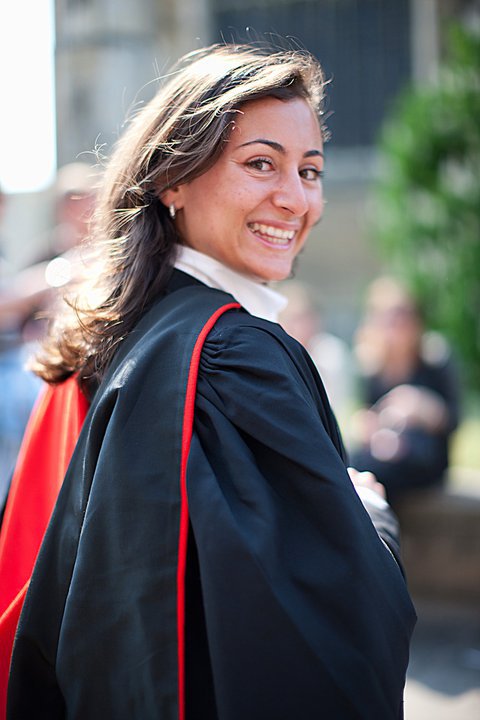
Centromere alpha-satellite DNA repeats are amongst the most recalcitrant regions of our genome. If we envisage genome browsers as Google Maps, zooming into increasing amount of details, centromeres have historically been black boxes that yield no linear sequence information. Yet, they are especially fascinating for three reasons: (1) centromeres are cytologically distinctive parts of human chromosomes that are essential for their segregation; (2) unlike the rest of our genome, centromere do not undergo meiotic recombination, hence they are inherited as intact blocks of maternal and paternal DNA; (3) in spite of points 1 and 2, centromere alpha-satellite DNA repeats are intrinsically unstable, a behavior of centromeres that I first described in 2018 as akin to human fragile sites in our genome. Indeed, centromere alpha-satellite repeats witness the convergence of several scenarios that can trigger DNA instability. Unlike the flanking region of constitutive heterochromatin at the pericentromere, centromeres are transcribed into non-coding RNAs throughout the cell cycle which offers opportunities for the collision between the transcription and replication machineries. Ours and others work have shown that centromere DNA is late replicating, prone to undergo rearrangements which becomes exacerbated in cancer and during cellular senescence. We demonstrated that epigenetic disruption of centromeric chromatin triggers pathological generation of mutagenic R-loops due to transcription-replication collision. The ensuing DNA damage repair within highly homogeneous centromere repeats results in a specific form of aneuploidy distinct from the numerical aneuploidy triggered by centromere inactivation, that we defined as structural aneuploidy including whole arms events and translocations frequently observed in most solid tumors. Our recent work shows that centromeres suffer higher level of endogenous DNA damage in unperturbed conditions compared to the rest of the genome, and also display different DNA damage repair kinetics, both contributing to their intrinsic instability. My laboratory uses genomics, including the latest human genome assemblies now including linear sequences of alpha-satellites, cytogenetics and high-end imaging to study centromeres as vulnerable regions of our genome. Altogether, work from my lab aims to understand centromere mutagenesis at the incipit of degenerative human diseases.
21/04/2023 Aula A-CU10 ore 13.00 Prof. Simona Giunta Department of Biology and Biotechnology Charles Darwin, Sapienza University of Rome, Italy